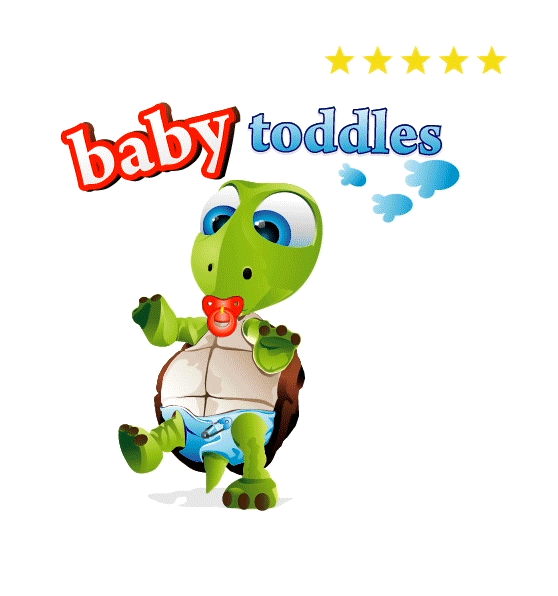Blog
Video Baby Monitors
Looking For The Best Baby Sleep Apnea Monitors
Everyone experiences breaks in breathing once in a while. This does not only happen to adults but to babies as well . It is known as Apnea. Although this is completely normal we must not forget that there can be underlying health issues and should seek medical advice especially when it happens to your baby. You should seek professional medical advice in this instant.
The Different Types of Apneas
The word apnea originates from a Greek word which means “without wind.” It is the medical term used to explain the occasional cessation of breathing of a person. Even though it is normal, it may also be a symptom of something more serious that is health related.
Basically there are three types of apnea: obstructive, central and mixed. Obstructive apnea is most common in babies and children. It is caused by obstructions in the airway such as adenoids and enlarged tonsils. This is rather dangerous especially for babies since it usually happens during sleep time. And as babies, they still can’t articulate whether they are already experiencing symptoms of the condition.
Symptoms of this type of apnea include snoring, labored breathing, gasping for air, and changes in color. In babies however restlessness is what you should be looking for.
Another kind of apnea is central apnea. This is usually caused by defect in the part of the brain the controls breathing. In babies, this could be a congenital defect. Central apnea is very rare in adults but quite common in babies especially those who were born prematurely. Unlike obstructive apnea, this can happen at any time of the day.
The third type of apnea is called mixed apnea. This condition is the combination of obstructive apnea and central apnea. This is particularly very common in infants. It could occur any time, whether awake or asleep.
What To Do If You Think Your Baby Has Apnea
When your baby is born, he or she is automatically evaluated for any problems in health like defects in breathing. But this is just an initial evaluation which can change in the next few months. The first step is to have your baby checked up by his or her doctor. If apnea is detected, the doctor can suggest different ways to help you monitor your baby one of which is with the use of babymonitors.
Which Monitor is best for my Baby ?
There are a lot of different baby sleep apnea monitors each with different features. In choosing a baby sleep apnea monitor, there are certain features that the device must have to ensure the proper monitoring of your baby.
The Most Important Feature is the Heart Beat Monitor
This feature is a must for the device that you will choose since no apnea monitor is 100 percent accurate in detecting cessation of breathing. This will serve as a backup in case the apnea monitor fails to detect apnea because it will also manifest in the heart rate of the baby.
Another must have feature is a remote warning device. Even if you are not in the same room with your child , a remote babymonitor will notify you if anything goes wrong. It must also have a power loss alarm. This is used when the devices are low in power.
Last but not the least, the device must also be equipped with an AC power for recharging and powering the device.

